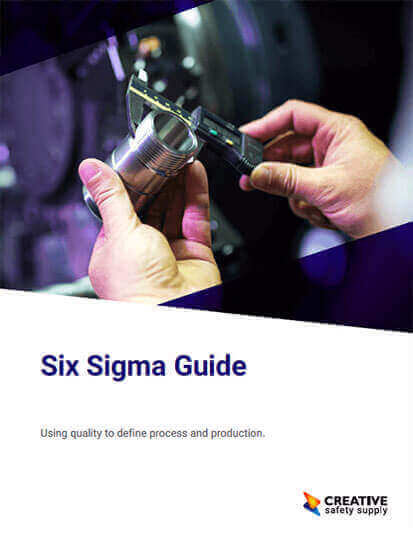
The Cost of Quality methodology is used to determine the costs associated with creating a quality product. On the flip side, Cost of Poor Quality (COPQ) is the costs resulting from providing poor quality products or services. While calculating the COQ and COPQ is commonly used in many types of businesses, it is an important part of the Six Sigma methodology.
COPQ can be defined in the following four categories:
- Internal Failure Costs: If defects are discovered in the product before it leaves the facility and is delivered to the customer the product then must be reworked or scrapped. The cost of discarding or repairing the item is considered an internal failure cost.
- External Failure Costs: When a defective product is delivered to customer, the associated costs are classified as external failure costs.
- Appraisal Costs: Appraisal costs encompass the costs associated with measuring and monitoring manufacturing and production processes for quality. This can include audits, tests and inspections, and acceptance sampling.
- Prevention Costs: Finally, prevention costs are the costs incurred to avoid or limit quality problems and work to keep the appraisal and failure costs at a minimum. Because of this, not everyone agrees on including it in COPQ. Costs are typically a result of quality planning and assurance, training, performing capability analyses.
While it is important to consider appraisal and prevention costs, COPQ can be strictly defined as the sum of internal failure cost and external failure cost: total labor cost, rework cost, material costs, lost sales, recalls, warranty claims, returned products, and more.
If every single item an organization produces is considered perfect and would never need to be reworked or scrapped, the COPQ would be 0. However, we don’t live in a perfect world and for a number of reasons, that’s just not possible. Because COPQ cannot be avoided entirely, the goal is to reduce it as much as possible to avoid loss.


